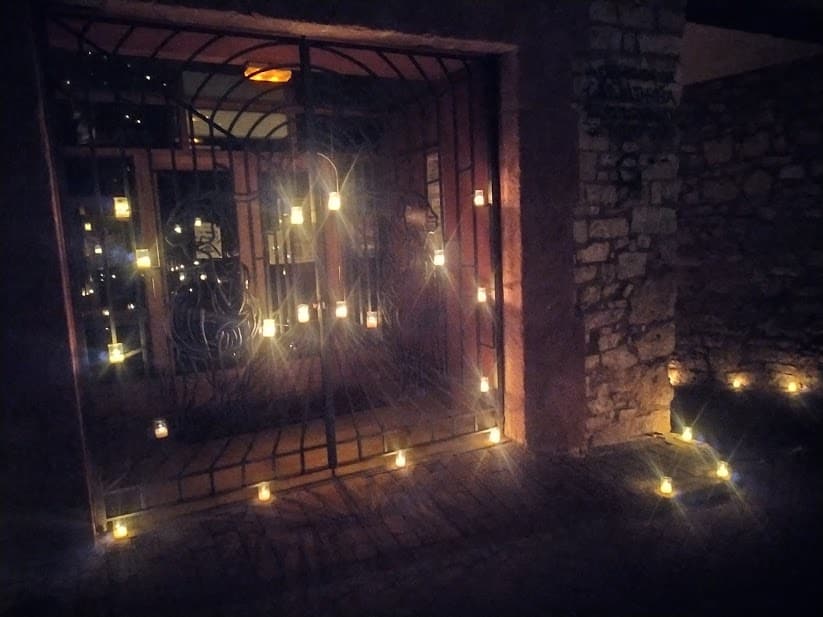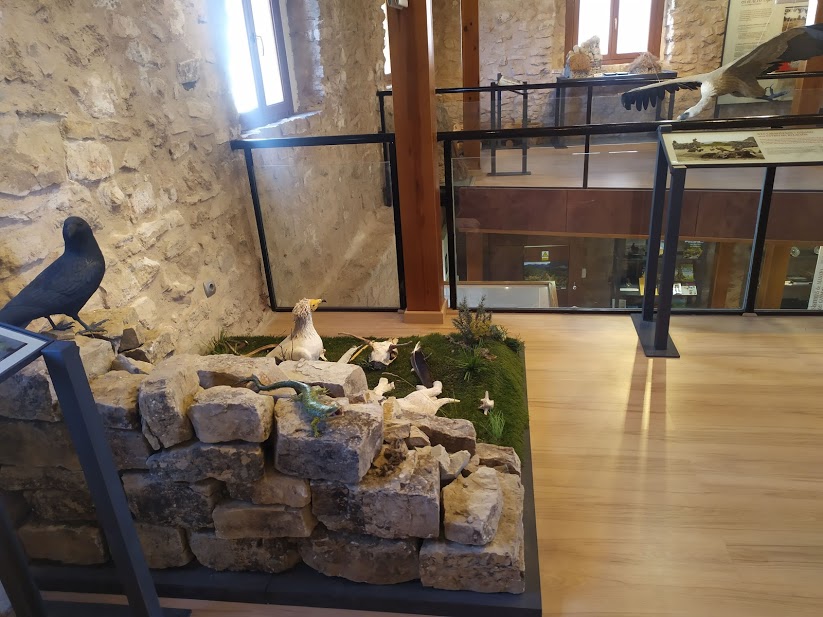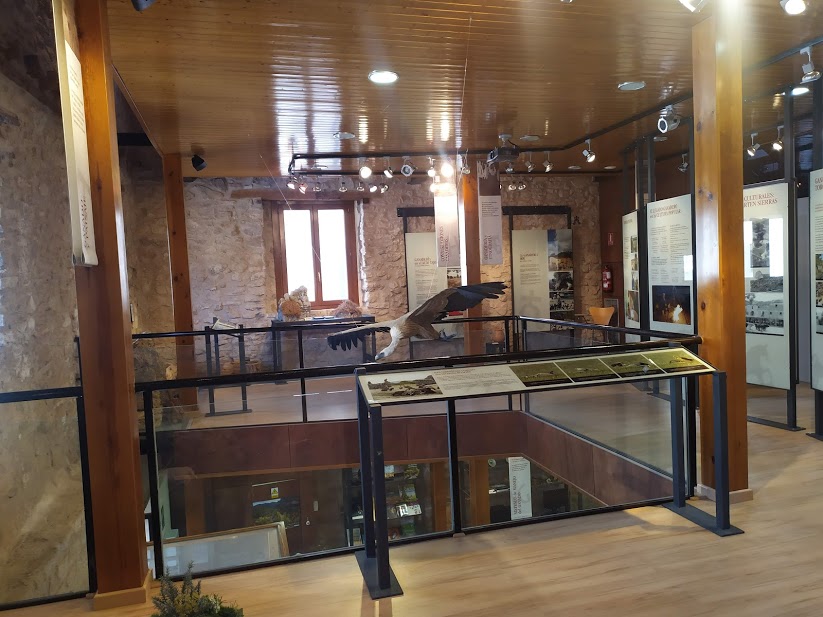Museum of traditional livestock farming in the Upper Tagus region
Interpretation Centre, Information Office and Museum

Dirección
Museum of traditional livestock farming in the Upper Tagus region
GPS
40.586285424418, -1.7908694100391
Museum of traditional livestock farming in the Upper Tagus region
The Museum of Traditional Livestock Farming in the Upper Tagus is located in the urban area of the town of Czechin a building attached to the city council and whose origins date back to the 17th-18th century. It focuses its exhibition-interpretative discourse on the traditional livestock farming that has been carried out in the Upper Tagus since ancient times and which, together with the use of timber, has shaped the landscape that we can admire today in the Natural Park and its surroundings.
The Interpretation centre is an open-plan space distributed over three floors. The ground floor is the space dedicated to the introduction of the exhibition, where the visitor reception is located. On the first floor is the exhibition itself and on the third floor there is an audiovisual room.
The interpretative exhibition covers the following topics:
- The traditional methods The following livestock management methods have been used: dula, transterminance and transhumance. These methods have been used to adapt livestock use to the climatic, ecological and social conditions that have conditioned traditional livestock farming in the PNAT.
- Actions by livestock managementThis thematic area deals with different key aspects of livestock farming.
– Livestock and landscapeThe influence that the activity has had on the natural environment, the evolution of pastures and the relationship of traditional livestock farming with wild animal populations, particularly with the necrophagous birds
– Infrastructure livestock farming. In this area, the different traditional constructions and facilities are reviewed, such as hutches, lambing hutcheswater troughs... related to livestock farming.
- Livestock and history. The latter thematic area analyses the importance of the activity throughout history, from the first shepherds Iberians to the present day.
- Livestock and ethnography. is emphasised in this area, the impact on the customs and traditions of the park's inhabitants, many of whom are closely linked to this activity.
The opening hours of the interpretation centres of the Upper Tagus, as well as the Upper Tagus Livestock Museum are updated every year, if you want to check the opening hours of 2021 click here.



